In a suspected case of reverse evolution, wild tomatoes in the Galápagos have developed a defense mechanism that hasn’t been seen in millions of years.


Researchers used supramolecular nanoparticles to repair the brain’s vascular system and reverse Alzheimer’s in mice. Instead of carrying drugs, the nanoparticles themselves triggered natural clearance of amyloid-β proteins. This restored blood-brain barrier function and reversed memory loss. The results point to a revolutionary new path for treating neurodegenerative diseases.
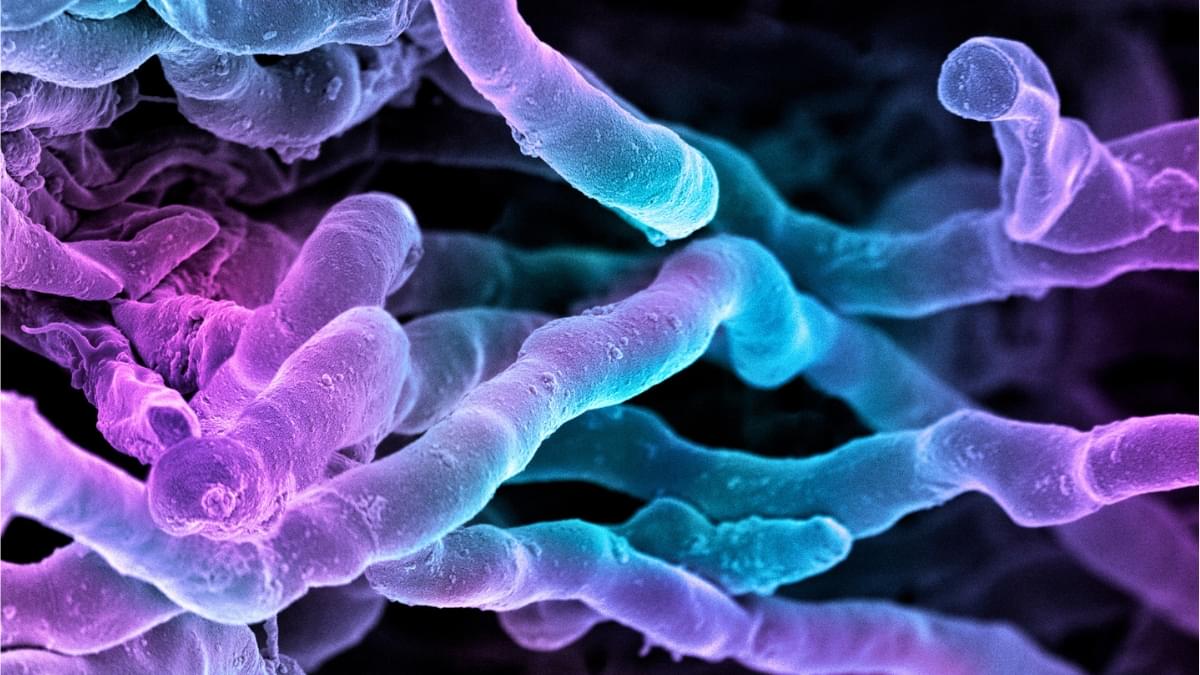
Researchers have just identified a powerful new antibiotic – in a significant discovery made not by breaking new ground, but by revisiting familiar territory.
The compound, pre-methylenomycin C lactone, was discovered by a team from Warwick University in the UK and Monash University in Australia. While it’s never been spotted before, it comes from a type of bacteria that scientists have studied for decades.
Potentially, it could help fight bacteria that have become increasingly resistant to modern treatments – and it’s actually an intermediate chemical that’s created during the process of making another antibiotic, methylenomycin A.

For anyone who has ever wrestled with creating documents containing complex mathematical equations, intricate tables, or precise multi-column layouts, the LaTeX document preparation system is likely a familiar (and sometimes frustrating) friend. It’s the standard for high-quality academic, scientific, and technical documents, but it traditionally requires specialized editors and significant technical know-how.

President Trump said on Wednesday that he has instructed the Defense Department (DOD) to immediately begin testing U.S. nuclear weapons on an equal basis to China and Russia.
‘The United States has more Nuclear Weapons than any other country,’ Trump wrote. ‘This was accomplished, including a complete update and renovation of existing weapons, during my First Term in office. Because of the tremendous destructive power, I HATED to do it, but had no choice! Russia is second, and China is a distant third, but will be even within 5 years.’…
…Trump’s announcement on TruthSocial came shortly before he was slated to meet face-to-face with Chinese President Xi Jinping for the first time since 2019 in South Korea on Thursday.
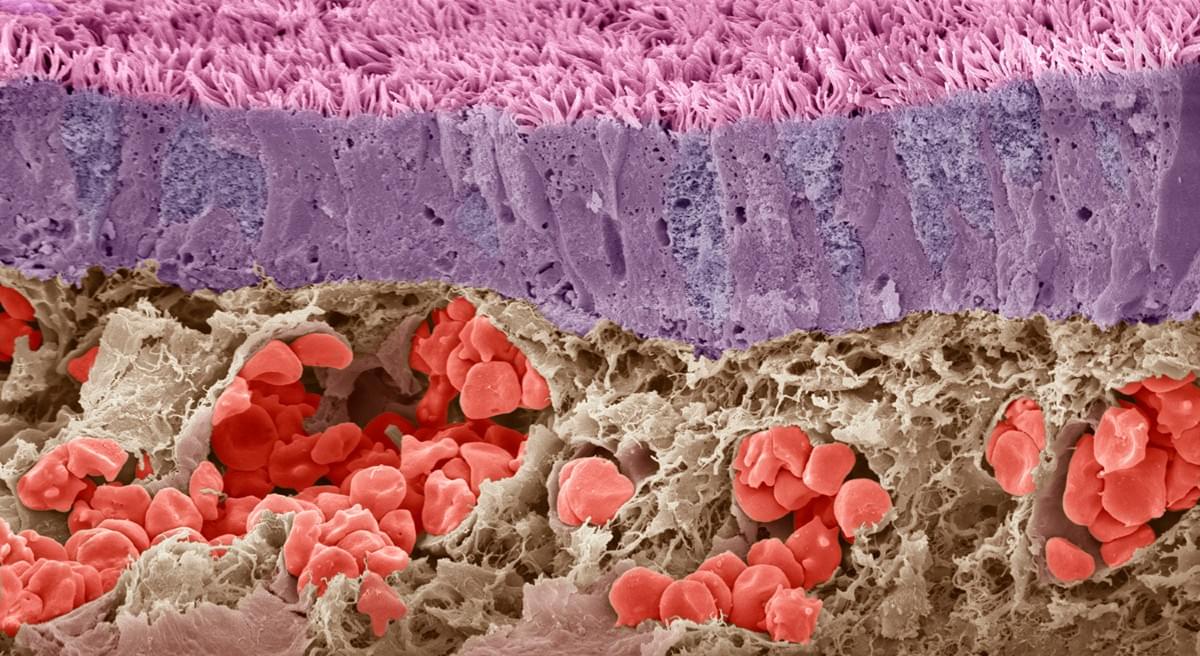
It’s hard to think of vaccination without associating it with a sharp jab in the arm. But there are other, more gentle ways of activating the immune system, such as administering vaccines via the nose. Now, researchers at Chiba University, in Chiba prefecture, Japan, and the pharmaceutical company Shionogi have joined forces to explore the exciting potential of nasal vaccines.
One of the most compelling reasons for pursuing nasal vaccines is that they could offer protection against airborne pathogens at their entry point, before they take hold deeper in the body. That’s the role of the mucosal immune system, associated with the mucosal surfaces that line the nose, mouth, airway, digestive tract and genitals. It’s one of the body’s first lines of defence against external threats.
The mucosal immune system is most evident when experiencing the aggravating symptoms that accompany hay fever, such as uncontrollable sneezing, a runny nose and itchy eyes. These are responses of an activated mucosal immune system as it desperately tries to flush or defuse harmless pollen grains from the nasal cavity and eyes.
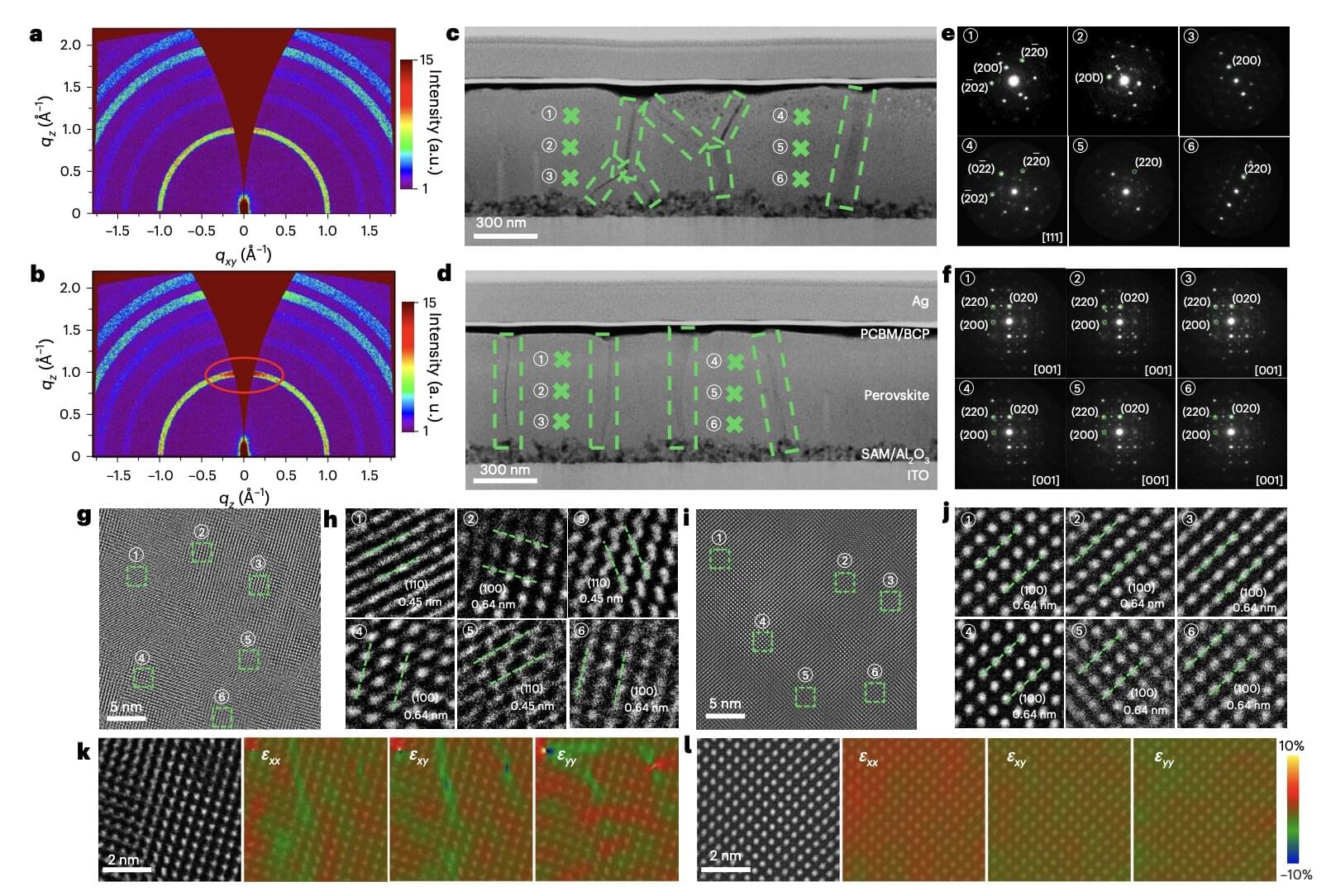
Solar cells, devices that can directly convert radiation emitted from the sun into electricity, have become increasingly widespread and are contributing to the reduction of greenhouse gas emissions worldwide. While existing silicon-based solar cells have attained good performances, energy engineers have been exploring alternative designs that could be more efficient and affordable.
Perovskites, a class of materials with a characteristic crystal structure, have proved to be particularly promising for the development of low-cost and energy-efficient solar energy solutions. Recent studies specifically highlighted the potential of inverted perovskite solar cells, devices in which the extraction charge layers are arranged in the reverse order compared to traditional designs.
Inverted perovskite solar cells could be more stable and easier to manufacture on a large-scale than conventional perovskite-based cells. Nonetheless, most inverted cells developed so far were found to exhibit low energy-efficiencies, due to the uncontrolled formation of crystal grains that can produce defects and adversely impact the transport of charge carriers generated by sunlight.
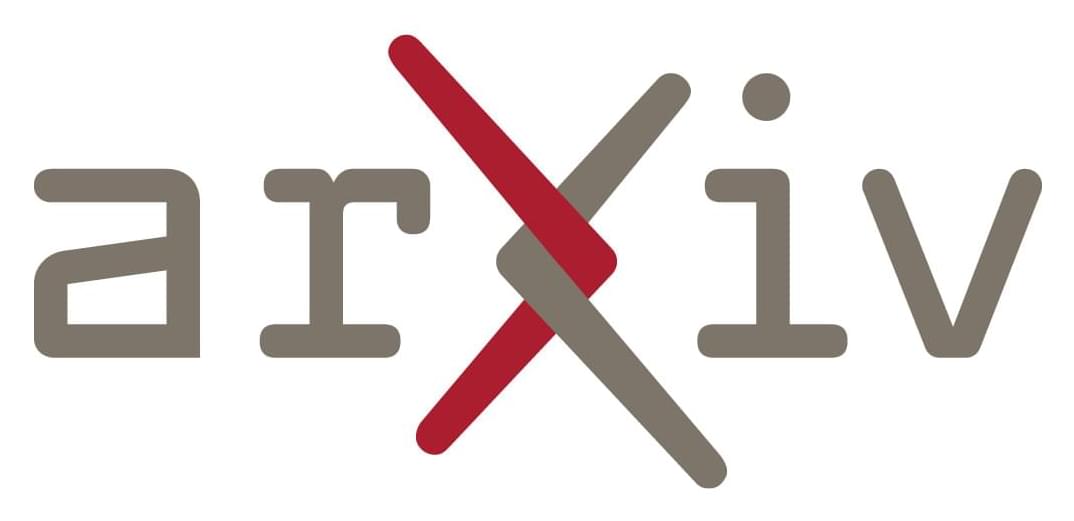
Recently, many language models have been pretrained with a “midtraining” phase, in which higher quality, often instruction-formatted data, is mixed in at the end of pretraining. Despite the popularity of this practice, there is little scientific understanding of this phase of model training or why it is effective. In this work, we conduct the first systematic investigation of midtraining through controlled experiments with language models pretrained from scratch and fine-tuned on supervised finetuning datasets in different domains. We find that when compared after supervised fine-tuning, the effectiveness of midtraining is highest in the math and code domains, where midtraining can best reduce the syntactic gap between pretraining and posttraining data. In these cases, midtraining consistently outperforms continued pretraining in both in-domain validation loss as well as pretraining data forgetting after posttraining. We conduct ablations on the starting time of the midtraining phase and mixture weights of the midtraining data, using code midtraining as a case study, and find that timing has a greater impact than mixture weights, with earlier introduction of specialized data, yielding greater benefits in-domain as well as preserving general language modeling better. These findings establish midtraining as a domain adaptation technique that compared to continued pretraining yields better performance through reduced forgetting.
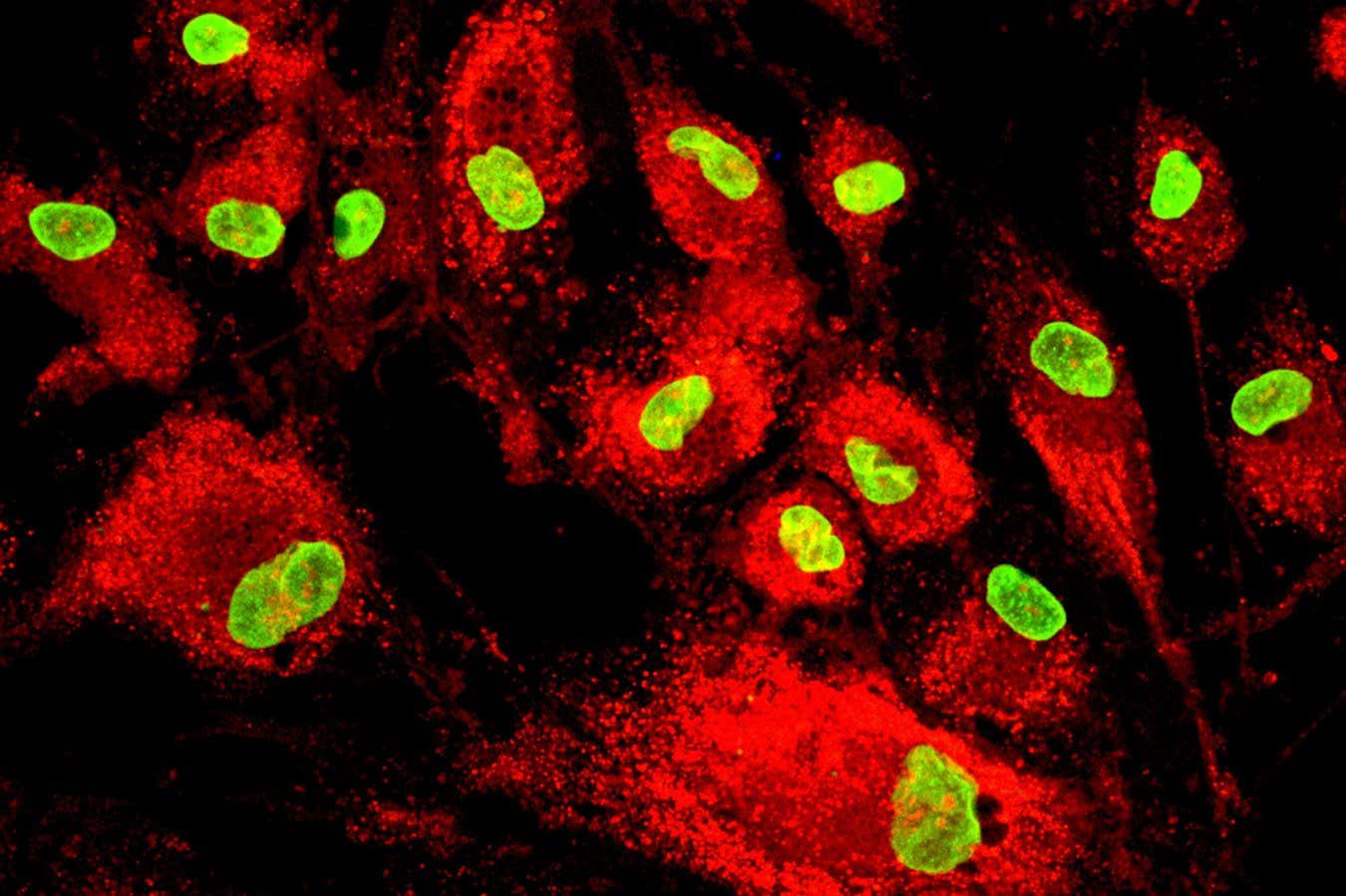
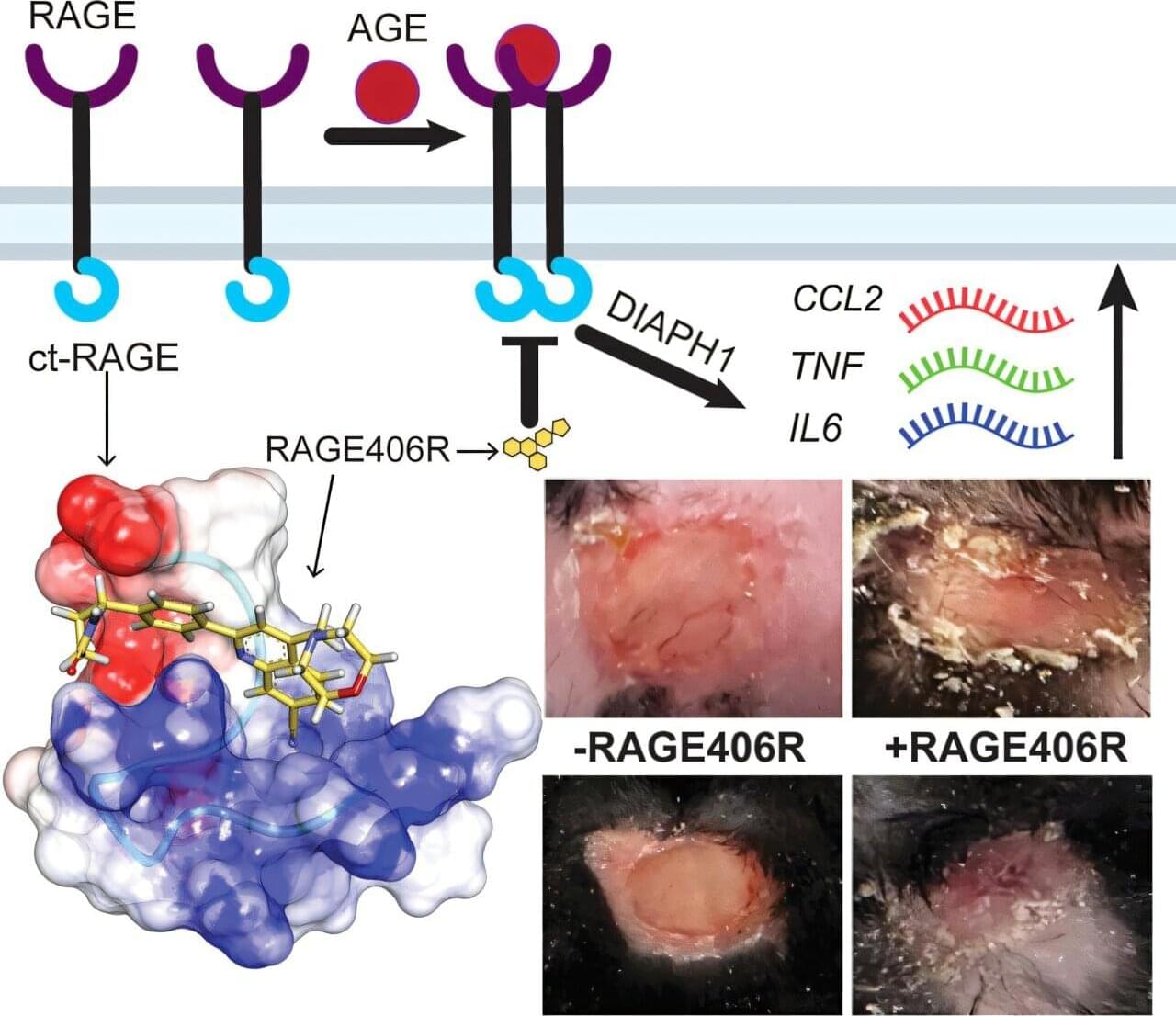
Researchers from the University at Albany and NYU Grossman School of Medicine have found a way to block a key cellular pathway known to drive chronic inflammation and impaired wound healing in people with diabetes.
The breakthrough could offer a new therapeutic option for stopping the harmful effects of both type 1 and type 2 diabetes at the source.
In their latest work, the researchers successfully identified—and developed a small molecule drug to disrupt—an intracellular chain reaction that is a major contributor to diabetes-induced complications. Their findings, published earlier this month, were featured on the cover of Cell Chemical Biology.